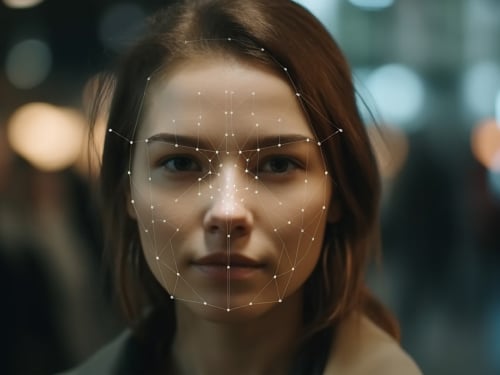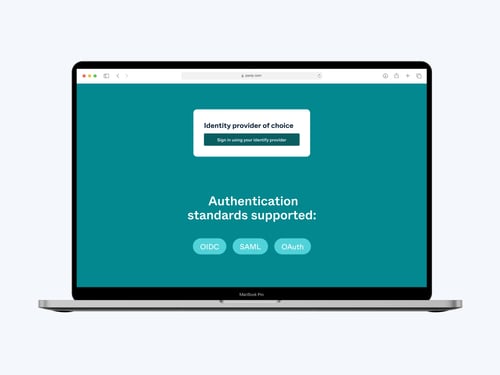Most of us were jolted awake to the power of a well-executed deepfake when Jordan Peele became Barack Obama on video back in 2018. Its flaws were almost imperceptible, fooling most of us who weren’t actively looking for errors.
Since then, we’ve witnessed unprecedented advancements in AI synthesized audio and video. We now live in an age when anyone can impersonate anyone through deepfake technology – a term that aptly marries ‘deep learning’ with ‘fake’. A quick online search of the word ‘deepfake’ yields tutorial after tutorial telling you exactly how to do it. And as a result, anyone can become your boss, your best friend, or even your spouse – asking you for passwords, money transfers, or private information – and you’ll be none the wiser.
To date, deepfake technology has not been deemed completely illegal, though increasing regulation is happening as to how it is used, particularly in the EU. When exploited for nefarious or fraudulent purposes, it does cross the criminal line in most of the world, such as when used to propagate misinformation, secure confidential information, obtain money, damage reputations, or even disrupt agendas. And all this can happen over a simple video conference in which you fully believe you know and trust the person on the screen.
So, what can we do to disrupt a deepfake agenda?
When you are looking at a deepfake over video, you are really looking at AI that has mapped the facial movements of one person onto another person’s face. Essentially, the likeness of that person, let’s say your boss, has been superimposed onto the face of the threat actor, in real time. It’s very realistic, as we’ve seen through multiple examples, but there are a few ways to help prevent it. At Pexip, we propose some key countermeasures to keep deepfakes out of your video meetings:
Implement authentication measures.
In other words, don’t make your meeting easy to join. Create a protocol instead which requires your participants to verify their identity through a multi-factor identification process.
Protect your meeting with a PIN.
Though authentication is by far the best prevention measure, a PIN can be helpful in delaying the attacker. Be smart about your PIN and make it as complicated and hard-to-guess as possible so that it’s as difficult as can be for impersonators to access your meeting.
Host one-time video meetings.
These are video meetings with long and random dial-in aliases that are only valid for a single meeting. This could serve as another line of defense, making it harder for intruders to ‘guess’ their way into your private meeting.
Preventing deepfakes in video conferencing is an important conversation to have with your video conferencing provider.
As we’ve witnessed, advancements in AI are growing exponentially, and with all the amazing new features AI brings, we also see an escalation in risk when it comes to privacy and security. Ensuring that your meetings stay confidential is a top priority, which is why we at Pexip have designed a product to do just that.
Find out more about Pexip Secure Meetings. We’re eager to chat with you about what you can do to reduce risks and prevent breaches in your video meetings.
- Meet & collaborate securely
- Secure Meetings



.jpg?width=500&name=policy%20server%203%20(1).jpg)

